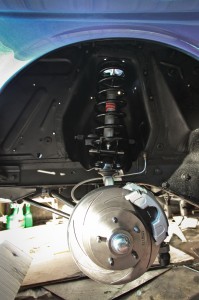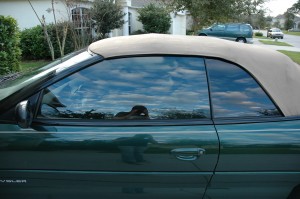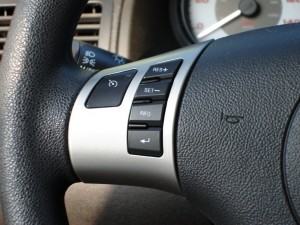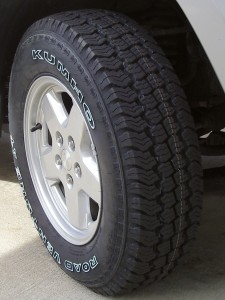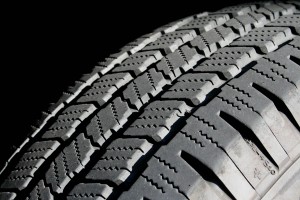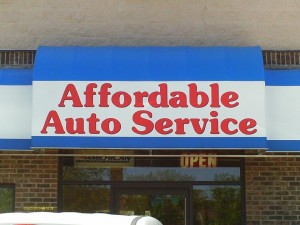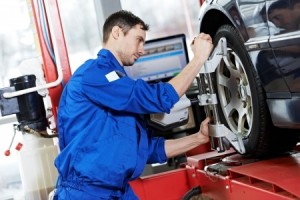 Alignment issues can make your daily commute dangerous, as they can cause your car to pull to the right or left. Driving a car on the highway is difficult enough without trying to compensate for a car that seems to have a mind of its own. Below, we discuss some common ways your car gets out of alignment, and we share how we assess alignment issues.
Alignment issues can make your daily commute dangerous, as they can cause your car to pull to the right or left. Driving a car on the highway is difficult enough without trying to compensate for a car that seems to have a mind of its own. Below, we discuss some common ways your car gets out of alignment, and we share how we assess alignment issues.
What causes Alignment Issues?
There are a lot of different ways your car can get out of alignment, but most alignment issues are caused by poor road conditions. In a perfect world, all roads would be smooth and paved, but we know, especially in Minnesota, land of 10,000 potholes, that few roads are perfect. Cracks and potholes can cause serious damage to your suspension and tires, which can lead to alignment issues.
Even if most of your driving is done on smooth surfaces, you can still develop alignment issues if you aren’t careful. If one or more of your tires wears down at a faster rate than the others, it can cause your car to pull in one direction. That is why it’s important to ensure that you regularly rotate your tires so they wear down at an even rate.
Camber, Caster, and Toe
There are three main components our mechanics look at when diagnosing your alignment issue. These are the camber, caster, and toe.
 Camber – Camber angle is the measure in degrees of the difference between the wheel’s vertical alignment perpendicular to the road. Imagine that you drew a straight line from the middle of the top of your tire to the middle of the bottom of your tire when it’s on the axis. Ideally, the line would be perpendicular to the road. When the top of the tire tilts towards or away from the fender wells, this is considered a negative or positive camber angle. See the picture for a visual depiction.
Camber – Camber angle is the measure in degrees of the difference between the wheel’s vertical alignment perpendicular to the road. Imagine that you drew a straight line from the middle of the top of your tire to the middle of the bottom of your tire when it’s on the axis. Ideally, the line would be perpendicular to the road. When the top of the tire tilts towards or away from the fender wells, this is considered a negative or positive camber angle. See the picture for a visual depiction.
Caster – To get a good visual of how caster is measured, imagine you are staring at the side of your car. When looking at the wheel, you want to make sure the middle of the wheel is touching the ground. If the point of contact is slightly in front of or behind the center or your wheel, you might have an issue with your caster. Then again, some people request to have their caster altered because a positive caster can make the vehicle more stable at high speeds and during cornering.
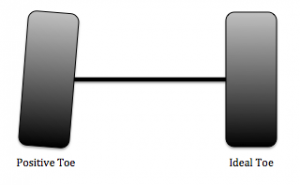 Toe – Toe is determined by the angle at which your tires rest on the axel. You can visualize this by imagining you are looking at your tires from a top-down view. Ideally, the wheel and the axel will create a perfect 90-degree angle, but sometimes a tire will begin pointing inward or outward. When this happens, your tires will wear out faster, and you may experience a decrease in handling and stability. Similar to caster, certain vehicles are tuned to have a positive or negative toe to give them added roll resistance or to provide better grip while turning.
Toe – Toe is determined by the angle at which your tires rest on the axel. You can visualize this by imagining you are looking at your tires from a top-down view. Ideally, the wheel and the axel will create a perfect 90-degree angle, but sometimes a tire will begin pointing inward or outward. When this happens, your tires will wear out faster, and you may experience a decrease in handling and stability. Similar to caster, certain vehicles are tuned to have a positive or negative toe to give them added roll resistance or to provide better grip while turning.
Let Us Fix Your Alignment Issues
If you notice that your car is pulling to the right, or if your car doesn’t seem to be handling as well as it used to, you probably have an issue with your alignment. The problem isn’t going to fix itself, and the longer you ignore the problem, the worse it will get. Give us a call or stop on in to our shop today!
Related source: YoSpeed.com
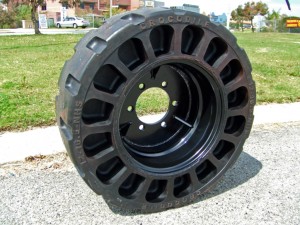
 Since 2007, the third week in October has been celebrated as National Teen Driver Safety Week. The week is designed to help reinforce safe driving habits in the million of teen drivers who get behind the wheel on a daily basis. To do our part, we compiled a checklist of things you can do to help keep the teens in your life safe when they are in the car.Â
Since 2007, the third week in October has been celebrated as National Teen Driver Safety Week. The week is designed to help reinforce safe driving habits in the million of teen drivers who get behind the wheel on a daily basis. To do our part, we compiled a checklist of things you can do to help keep the teens in your life safe when they are in the car. 
